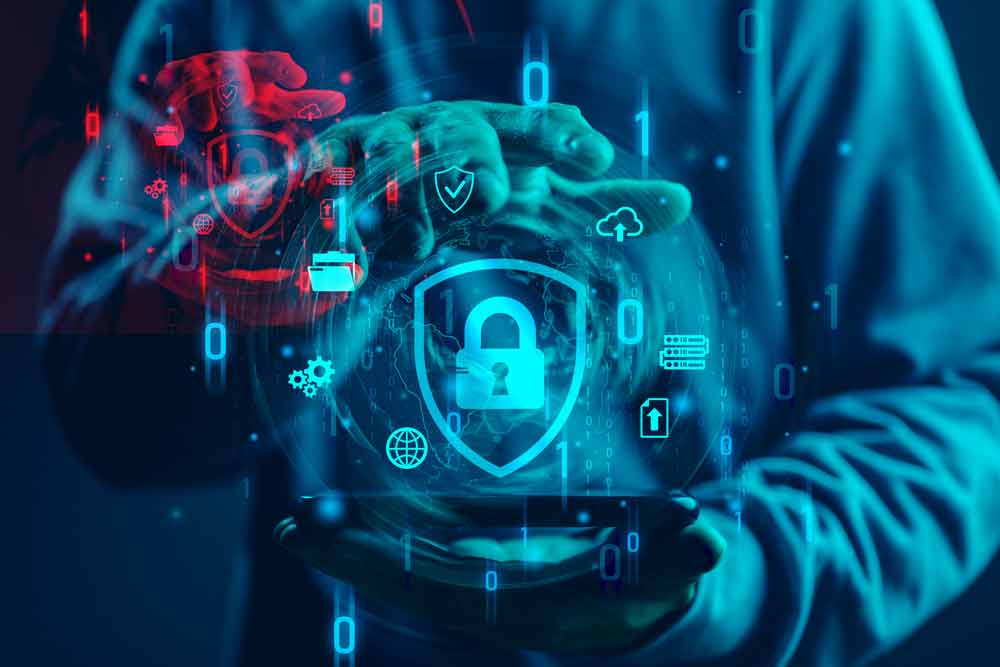How Small Businesses Attract Large Enterprise Talent

It is a goal for all companies, big or small, to attract and keep large enterprise talent that is suitable for the different areas of the business. After all, the more competent your workforce is, the more chances you have of successfully growing your business. But attracting talent is not always easy, especially for the […]
The Role of Technology in Businesses in 2023

Technology has always played a key role in businesses across different industries in 2023. But recently, this role has grown even more because IT is used more and more in businesses around the world. To draw more customers and stay ahead of the competition, you should understand all the changes and use them to your […]
8 Top Technology Trends for Cybersecurity

Cybersecurity is vital for protecting corporate and personal data from hackers and other cybercriminals. A single breach can cause massive amounts of data and financial loss. It can ultimately lead to the complete downfall of a company and even the destruction of lives. Fortunately, the top technology trends for cybersecurity of recent years provide us […]
IT Compliance and Why It Is Important for Your Business

In running a business, there are a lot of important matters that need to be taken care of. Even if they are not really in line with the core competencies of the business. One such matter is IT compliance. In the last few weeks, we have been talking about compliance and how it is important […]
What Is IT Compliance?

The term IT compliance is frequently heard these days in relation to running an organization and making sure that they keep within the regulations of a third party or a specific client. It is essentially a process that companies go through in order to keep within these predetermined guidelines or boundaries. The main goal of […]
February Recap: Personal Identifiable Information (PII) In Data Security

This month, we focused on a variety of topics regarding personal identifiable information (PII). PII includes an individual’s name, address, phone number, and medical history. In this digital age, PII is increasingly being stolen from unsuspecting individuals and organizations alike. PII allows cybercriminals to easily access financial accounts, and commit identity theft, and other crimes. […]
A Guide to Protecting Your PII

PII is short for Personal Identifiable Information, which refers to any data that can identify a specific person. A hacker can exploit your PII to gain access to restricted areas, make unapproved purchases under your name, or even steal your identity entirely. To keep these incidents from happening, you must know about protecting your personally […]
What is Personal Identifiable Information?

Personal identifiable information, or PII is a term that is frequently mentioned these days concerning data breaches. It means any information that can find the person to whom the information is connected. With that being said, PII is considered to be confidential and must be treated as such. This information is why companies invest in […]
Top 10 Data Breaches in 2022

Cybersecurity tools and strategies have improved by a huge margin over the years. However, data breaches remain to be one of the biggest online threats. This means you can never let your guard down especially when you are operating online. In fact, even huge global companies with seemingly ironclad security systems can still be vulnerable […]
Where Does Social Engineering Scams Come from?

Social engineering scams are so much more rampant these days than ever before. There will certainly be suspicious-looking items in your inbox when you check your emails, which are most likely phishing emails. Many people now know to avoid clicking these malicious emails, which is a good thing. But still, their vast amount makes you […]
